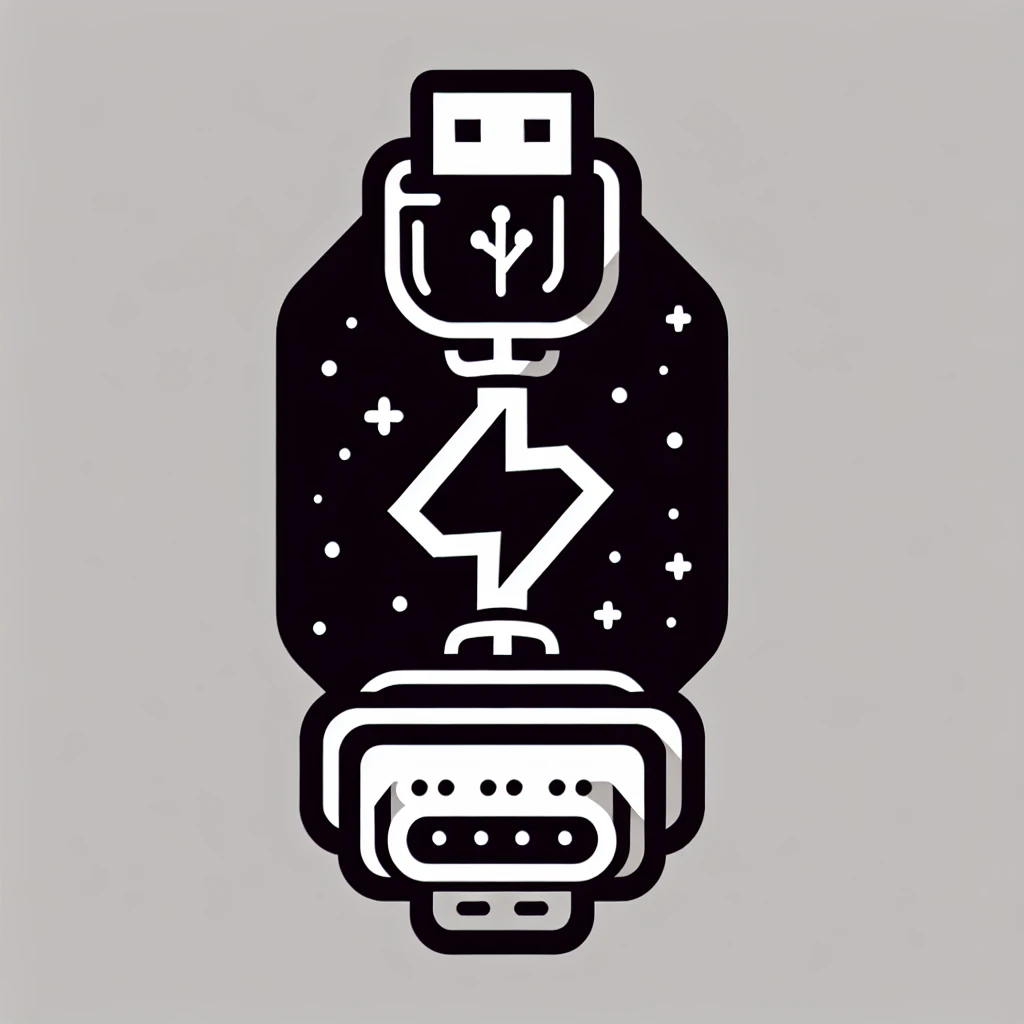Introduction
In the age of digital technology, connecting devices seamlessly has become a necessity. One common method of extending displays, especially with older monitors or projectors, is through the use of USB to VGA adapters. However, a common question arises: does a USB to VGA adapter require external power? In this article, we will explore this topic in depth, examining the functionality and power requirements of these adapters.
Understanding USB to VGA Adapters
A USB to VGA adapter allows you to connect a computer or laptop to an external display using a VGA connection. This is particularly useful when working with multiple screens or when trying to connect to older equipment that lacks modern display ports.
How USB to VGA Adapters Work
These adapters work by converting the digital signals from a USB port into analog signals that a VGA monitor can interpret. The conversion process usually involves a chipset within the adapter that handles the signal transformation.
Power Requirements of USB to VGA Adapters
Whether a USB to VGA adapter requires external power largely depends on its design and the specific model in use. In general, here are two categories of USB to VGA adapters:
- Bus-Powered Adapters: These adapters derive all their power from the USB port to which they are connected. Most modern laptops and desktops provide sufficient power through their USB ports, making these adapters convenient for users who prefer not to deal with additional power cables.
- External Power Adapters: Some USB to VGA adapters may come with an additional power supply or may require you to connect them to an external power source. This is typically the case for higher-end models that support multiple monitors or higher resolutions, as they may demand more power than a single USB port can provide.
Factors Affecting Power Requirements
The need for external power can depend on several factors, including:
- Adapter Quality: Higher-quality adapters with advanced features often require more power.
- Resolution Support: If an adapter supports resolutions above 1080p, it may need extra power to handle the increased data processing.
- Number of Displays: Using multiple monitors can increase power demands, thus necessitating an external power supply.
Choosing the Right USB to VGA Adapter
When selecting a USB to VGA adapter, it’s essential to consider your needs:
- If you plan to connect to a single, standard VGA monitor, a bus-powered adapter is typically sufficient.
- If you need to support higher resolutions or multiple displays, consider an adapter that provides an external power option.
Conclusion
In summary, whether a USB to VGA adapter requires external power depends largely on the specific model and its intended use. Bus-powered adapters are suitable for most standard applications, while more robust models may need external power for optimal performance. Understanding your specific requirements will help you choose the right adapter for your setup, ensuring a smooth and efficient connection between your devices.

